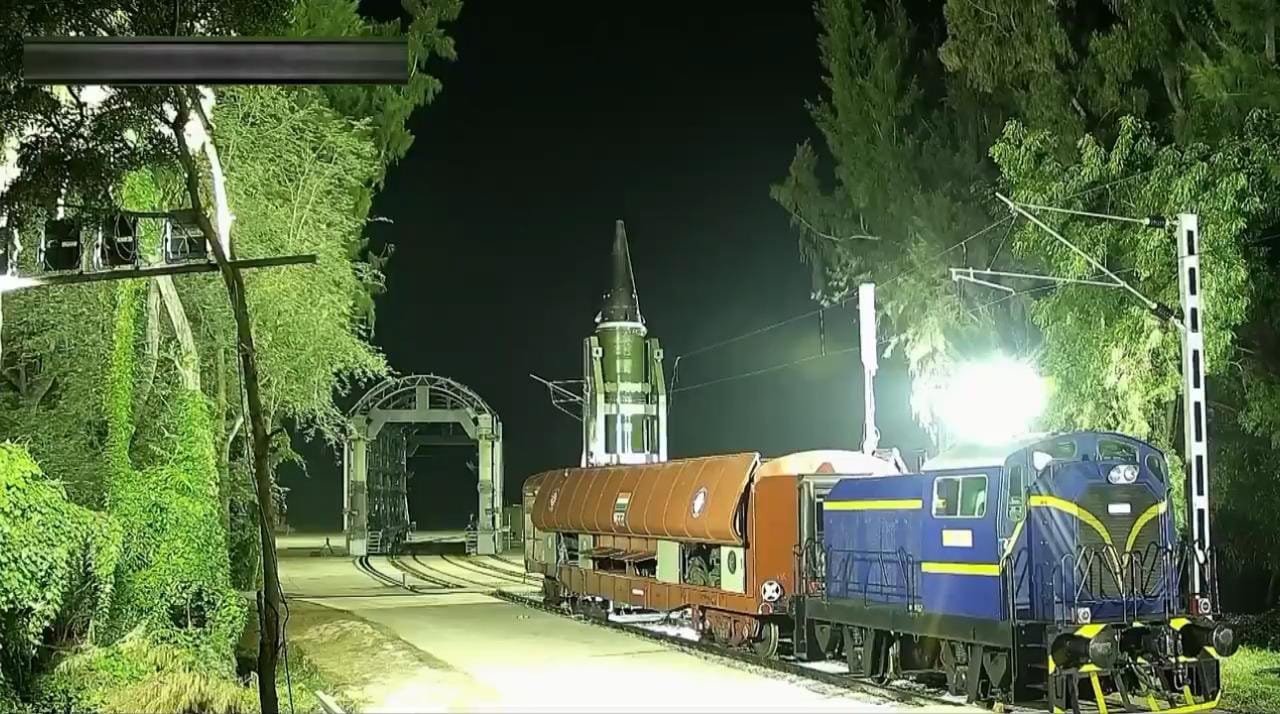Jet engine production is a hallmark of advanced aerospace engineering, requiring expertise in materials science, thermodynamics, and manufacturing technologies. Here is an in-depth analysis of the top five countries excelling in jet engine production, exploring their industries, achievements, and the factors that make them leaders in this domain.
- United States
Dominance in the Aerospace Industry
The United States is the world’s leading producer of jet engines, with companies like General Electric (GE Aviation), Pratt & Whitney, and Honeywell Aerospace setting global benchmarks.
Key Players and Innovations
GE Aviation: Renowned for high-performance engines like the GE90 and the GEnx, which power Boeing’s 777 and 787 Dreamliner, respectively. The company’s Leap engines, developed through a joint venture with Safran, emphasize fuel efficiency and reduced emissions.
Pratt & Whitney: Known for its geared turbofan (GTF) engines, Pratt & Whitney has revolutionized fuel efficiency and noise reduction for commercial aircraft like the Airbus A320neo.
Honeywell Aerospace: Focuses on engines for military, business, and regional jets, emphasizing reliability and innovation.
Military Prowess
The U.S. excels in military aviation, producing advanced engines for fighter jets like the F-35 (powered by Pratt & Whitney’s F135 engine) and the F-22 Raptor. Its robust investment in defense technology underpins this leadership.
Research and Development
Strong support from government agencies like NASA and DARPA ensures continuous innovation in materials, design, and manufacturing processes. The U.S. is also pioneering sustainable aviation technologies, including biofuels and hybrid-electric engines.
- United Kingdom
A Legacy of Excellence
The United Kingdom has a long history in jet engine technology, being home to Rolls-Royce, one of the most respected names in the industry.
Rolls-Royce: A Global Leader
Rolls-Royce’s Trent engine series powers a significant portion of the world’s wide-body aircraft, including the Airbus A350 and Boeing 787.
The company’s UltraFan project aims to deliver a 25% improvement in fuel efficiency, cementing its role as an innovator.
Rolls-Royce also contributes to military aviation, with engines like the EJ200, which powers the Eurofighter Typhoon.
Advancements in Sustainability
Rolls-Royce is actively developing hydrogen-powered and all-electric propulsion systems, aligning with global efforts to reduce aviation’s carbon footprint.
Government Support
The UK government invests heavily in aerospace research through initiatives like the Aerospace Growth Partnership, ensuring the country remains at the forefront of jet engine development.
- France
Technological Collaboration
France is a key player in jet engine production, primarily through its partnership with Safran, a leading aerospace and defense company.
Safran’s Contributions
Safran, in collaboration with GE Aviation, produces the CFM56 and Leap engine families, which dominate the narrow-body aircraft market.
The M88 engine, developed by Safran, powers the Dassault Rafale fighter jet, showcasing France’s expertise in military aviation.
Civil Aviation Leadership
The Leap engines, developed under CFM International, are integral to the success of Airbus A320neo aircraft, emphasizing fuel efficiency and environmental responsibility.
Investment in R&D
France’s commitment to research and innovation is evident in initiatives like Clean Sky, a European program aimed at developing sustainable aviation technologies.
- Russia
Historical Strength in Aerospace
Russia has a rich history in aerospace engineering, with companies like United Engine Corporation (UEC) playing a pivotal role in jet engine production.
Key Contributions
UEC produces engines for both civil and military applications, including the PD-14, which powers Russia’s indigenous MC-21 aircraft.
Russia’s AL-41F1S engines power the Su-35 fighter jet, while the Saturn 30 engines are in development for the fifth-generation Su-57.
Military Aviation Expertise
Russia is a global leader in military jet engine technology, with a focus on thrust-vectoring engines for enhanced maneuverability.
Challenges and Innovations
Despite economic sanctions and limited access to Western technology, Russia continues to innovate, focusing on advanced materials and indigenous designs.
- China
Rapid Ascendancy
China has emerged as a significant player in jet engine production, driven by its ambitions to achieve self-reliance in aerospace technology.
Indigenous Development
The Aviation Industry Corporation of China (AVIC) and its subsidiary, Aero Engine Corporation of China (AECC), spearhead jet engine development.
The WS-10 and WS-15 engines are designed for military aircraft like the J-10 and J-20, showcasing China’s growing capabilities.
The CJ-1000A engine is being developed to power the COMAC C919, China’s answer to Boeing and Airbus.
Investment and Strategy
China’s government invests heavily in R&D, leveraging international partnerships and domestic talent to close the technology gap with Western manufacturers.
Challenges and Progress
While China faces challenges in materials science and precision manufacturing, its rapid advancements demonstrate a commitment to becoming a global leader.
Conclusion
The production of jet engines is a testament to a nation’s industrial and technological capabilities. The United States, United Kingdom, France, Russia, and China lead the field, each contributing unique innovations and expertise. Their advancements not only shape the future of aviation but also reflect broader geopolitical and economic strategies. As sustainability and efficiency become increasingly important, these countries will continue to drive the evolution of jet engine technology.
This 1,500-word overview provides a detailed perspective on the strengths and contributions of the top five jet engine-producing nations, emphasizing their impact on global aviation.












